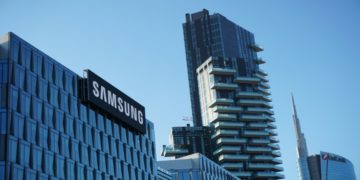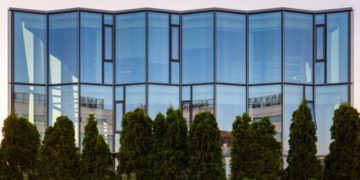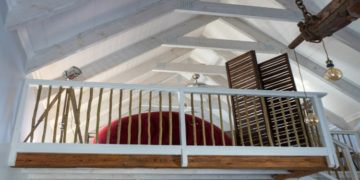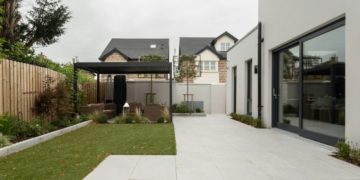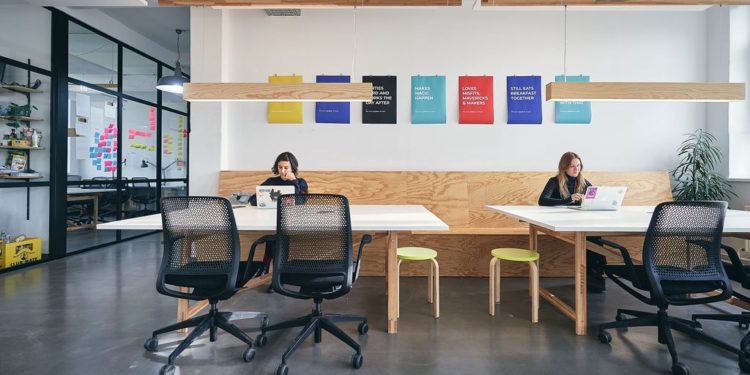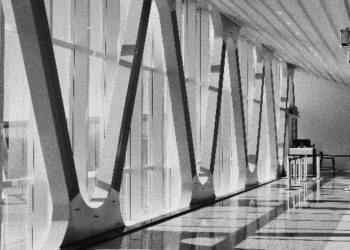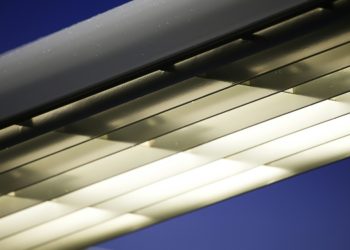In today’s competitive business environment, the design and functionality of office spaces are more important than ever. A well-designed office not only enhances productivity but also reflects a company’s culture and values. Whether you’re planning a complete office fit-out or smaller upgrades, these projects can significantly impact your business’s success.
What is an Office Fit-Out?
An office fit-out refers to the process of transforming a workspace to better suit the needs of a business. This can range from minor updates, such as reconfiguring layouts, to comprehensive renovations that include structural changes, branding elements, and advanced technology integration. A successful office fitout combines functionality with aesthetics to create an environment that supports employees and impresses clients.
Why Invest in an Office Fit-Out?
Here are some reasons why businesses should consider investing in an office fit-out:
- Boosted Productivity: A well-planned layout can improve workflow efficiency and create an environment that encourages collaboration and focus. Features like ergonomic furniture, quiet zones, and collaborative spaces can significantly enhance employee performance.
- Improved Employee Wellbeing: Modern office designs often incorporate elements such as natural lighting, greenery, and wellness areas to promote mental health and job satisfaction.
- Brand Identity Alignment: An office is a physical representation of your company’s culture and values. A tailored fit-out allows businesses to align their workspace with their brand identity.
- Sustainability: Incorporating eco-friendly materials and energy-efficient systems during the fit-out process demonstrates corporate responsibility while reducing operational costs.
- Flexibility for Growth: Modular furniture and adaptable layouts ensure that your office can evolve with changing business needs.
The Role of Small Works in Office Design
Not every business requires a full-scale renovation. For companies looking to make impactful changes without significant expense or downtime, small works projects offer an ideal solution. These projects typically involve minor upgrades such as repainting walls, updating furniture, or adding decorative elements to refresh the workspace.
Small works are particularly effective for businesses that want to modernise their space quickly or address specific pain points without committing to a major overhaul. From enhancing lighting in workstations to improving acoustics in meeting rooms, small works can dramatically improve the overall functionality and appearance of an office.
Trends Shaping Office Design in 2025
As workplace dynamics continue to evolve, several trends are influencing how businesses approach office design:
- Hybrid Workspaces: With remote work becoming more prevalent, offices are shifting towards flexible layouts that cater to both in-office and remote employees. This includes hot-desking options, collaborative zones, and private pods for focused tasks.
- Employee Wellbeing: Features like ergonomic seating, wellness rooms, and biophilic designs (e.g., incorporating natural elements) are gaining traction as companies prioritise workforce wellbeing.
- Sustainability: From energy-efficient lighting systems to recycled materials in furniture design, sustainability is now a key consideration in modern fit-outs.
- Technology Integration: Smart offices equipped with AI-driven tools and dynamic workstations help optimise space utilisation while enhancing connectivity among team members.
- Multi-Functional Spaces: Businesses are increasingly designing spaces that serve multiple purposes—such as meeting rooms that double as breakout areas—to maximise utility.
Benefits Beyond Aesthetics
While the visual appeal of an updated office is undeniable, the advantages of investing in an office fit-out or small works project go far beyond aesthetics:
- Increased Property Value: A modernised workspace is more attractive to potential buyers or tenants.
- Improved First Impressions: A well-designed office leaves a positive impression on clients and visitors.
- Cost Savings: Energy-efficient systems integrated during the fit-out process reduce utility expenses over time.
- Enhanced Collaboration: Thoughtfully designed spaces encourage teamwork by providing areas specifically tailored for group interactions.
How to Approach an Office Fit-Out or Small Works Project
For businesses considering an office transformation—whether large or small—it’s essential to follow these steps:
- Assess Current Needs: Identify what aspects of your current workspace are hindering productivity or employee satisfaction.
- Set Clear Goals: Determine what you hope to achieve with your fit-out or small works project—better aesthetics, improved functionality, or both.
- Plan Your Budget: Establishing a realistic budget ensures that you can achieve your goals without overspending.
- Engage Professionals: Partnering with experienced construction contractors in London ensures that your project is executed efficiently and meets all safety regulations.
- Minimise Disruption: Schedule work during off-hours or phased timelines to minimise disruption to daily operations. To maintain a safe and organised environment during renovations or refurbishments, many businesses are turning to internal hoarding solutions that provide effective temporary barriers without compromising workflow.
Conclusion
Investing in an office fit-out or small works project is more than just updating your workspace—it’s about creating an environment that supports your business’s growth and success. Whether through comprehensive renovations or targeted upgrades, enhancing your office space can lead to increased productivity, improved employee morale, and better client impressions.
For businesses aiming to stay competitive in today’s evolving market landscape, prioritising workspace design is no longer optional—it’s essential. By taking the time to reimagine your office through strategic fit-outs or small works projects with the help of a reputable construction company, you can create a space that inspires innovation while reflecting your company’s values and aspirations.


